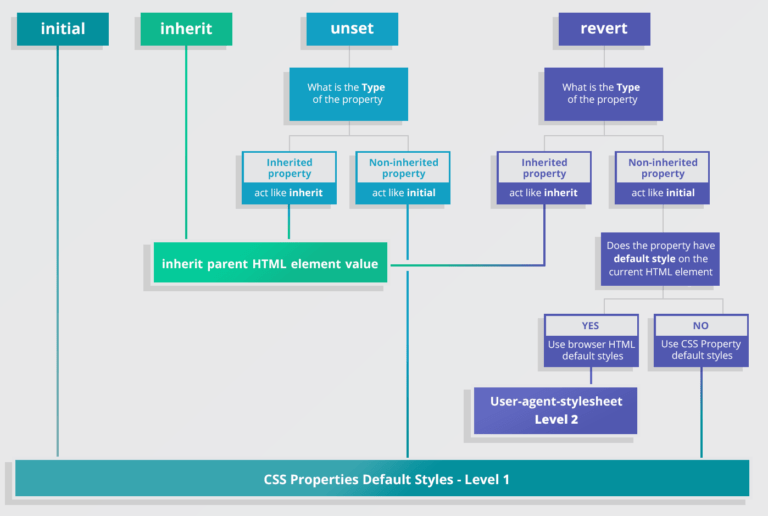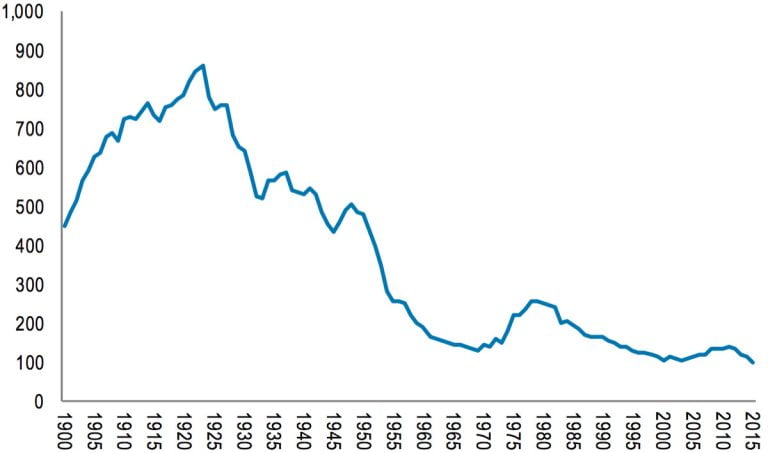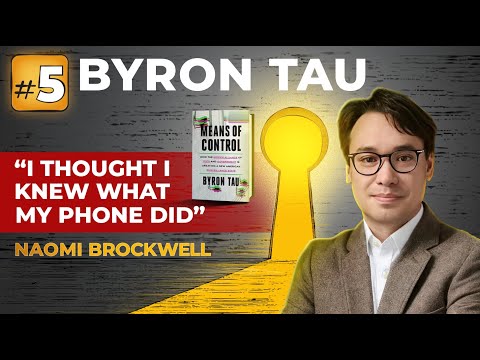
Blockchain is a distributed ledger where data can be safely stored, making it impossible for the data to be changed.
In other terms, we can characterize it as a platform for decentralized computing and information sharing that enables a number of authoritative domains to collaborate on logical decision-making.
In its most basic form, blockchain is a digital ledger that logs transactions. The security check is the only distinction between a blockchain and a personal ledger.
Before authorizing the miner to make modifications in a certain block, a blockchain performs a number of security checks.
It will check signatures, ask the miner to crack the hash code, cross-check the information, and then enable the system changes.
A blockchain’s stringent security measures guarantee that there will be no network hacking or cheating.
As implied by the name “Blockchain,” information (i.e. transactions) will be kept as blocks of data. Each node can view the block, but they are unable to alter it.
Blockchain maintains a log of previous transactions and includes a place to log upcoming ones. It’s a digital database and a safe peer-to-peer network that emphasizes the security of transactions.
- Block
- Chain
- Master node
- Node
A blockchain’s literal building blocks are called blocks. Blocks have segments set aside to store the data needed for upcoming transactions, as well as records of previous transactions.
On a blockchain network, a block consists of a nonce, the root hash of the Merkle tree, and hash codes.
To promote change in a blockchain network, miners crack difficult hash codes. Only after cracking the codes may new blocks be added.
In a block, the past and future are represented. A chain connects various blocks on a blockchain network.
The fresh block is introduced each time the hash code for the previous block is cracked.
In a blockchain network, blocks are interconnected. A chain of blocks is created by connecting many blocks together.
- Master node:
Blockchain networks that are selective have master nodes. Compared to regular nodes, master nodes are more capable. They are operating continuously (24/7).
Voting events are facilitated by master nodes, which also anticipate other blockchain network events.
These nodes use more memory than typical nodes and are primarily responsible for preserving the balance between the blocks.
The blockchain network does not receive fresh blocks from master nodes. They enable additional network adjustments.
Masternodes are a feature of several cryptocurrencies like Bitcoin, Ethereum, and Dash.
The blockchain is enormous! they keep a million records, too. These massive volumes of data are kept on nodes, which are the objects.
Nodes include laptops, desktop computers, and large servers. In a blockchain network, every node is connected to every other node.
A blockchain network’s nodes save all of its past data. Full nodes are like attendance registers at a school; they maintain track of every transaction, including which block is being added and which block is being replaced.
After verifying the information, nodes double-check the hash code answer and the signatures before adding a new block to the blockchain network. Nodes might be online or offline at the same time.
Blockchain applications
Blockchain technology has the potential to improve how many different sectors operate.
Some of the blockchain application includes,
- Healthcare:
Blockchain can be used to retain a patient’s medical history via a digital ledger system, changing the ways that traditional record-keeping methods are done. Other doctors can receive the information.
A patient’s progress can also be monitored in real-time using its smart contracts. It will cut down on the time needed for record-keeping.
- Real estate:
Without a doubt, the ledger system of blockchain is reliable. It is simply the best method for protecting transactions.
Smart contracts are used by large blockchain-based companies to monitor rental contracts, real estate leases, and house rentals.
Contrary to popular belief, blockchain adoption can assist banks in reducing fraud and facilitating hassle-free payments, rather than disrupting the operations of financial institutions.
Due to its centralized infrastructure, banks are particularly vulnerable to cyberattacks. Blockchain technology can increase security for the banking sector.
Conclusion:
The power shift from governments to individuals is the finest thing about blockchain. Blockchain technology is being heralded as the revolution, the catalyst for a significant shift, and so on. The blockchain’s micro blocks are the doorway to a universe with endless possibilities.
– December 7, 2022 – 159 Views






